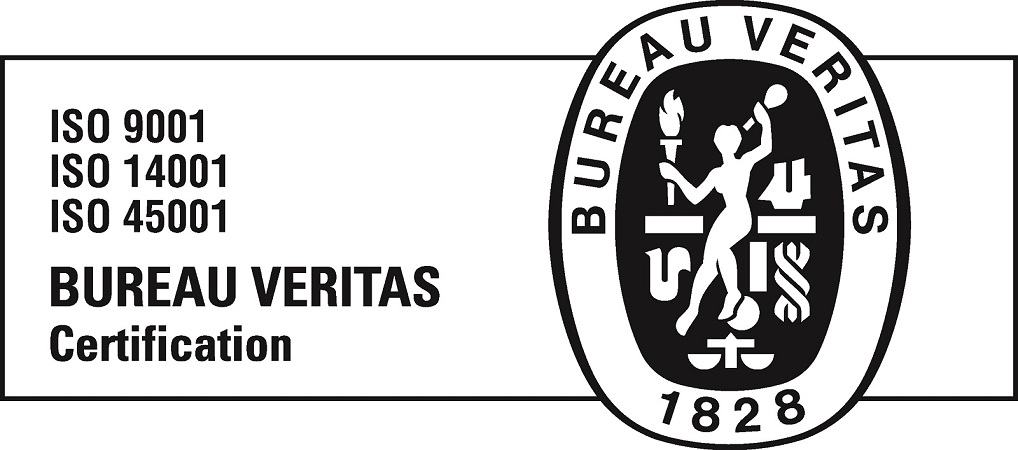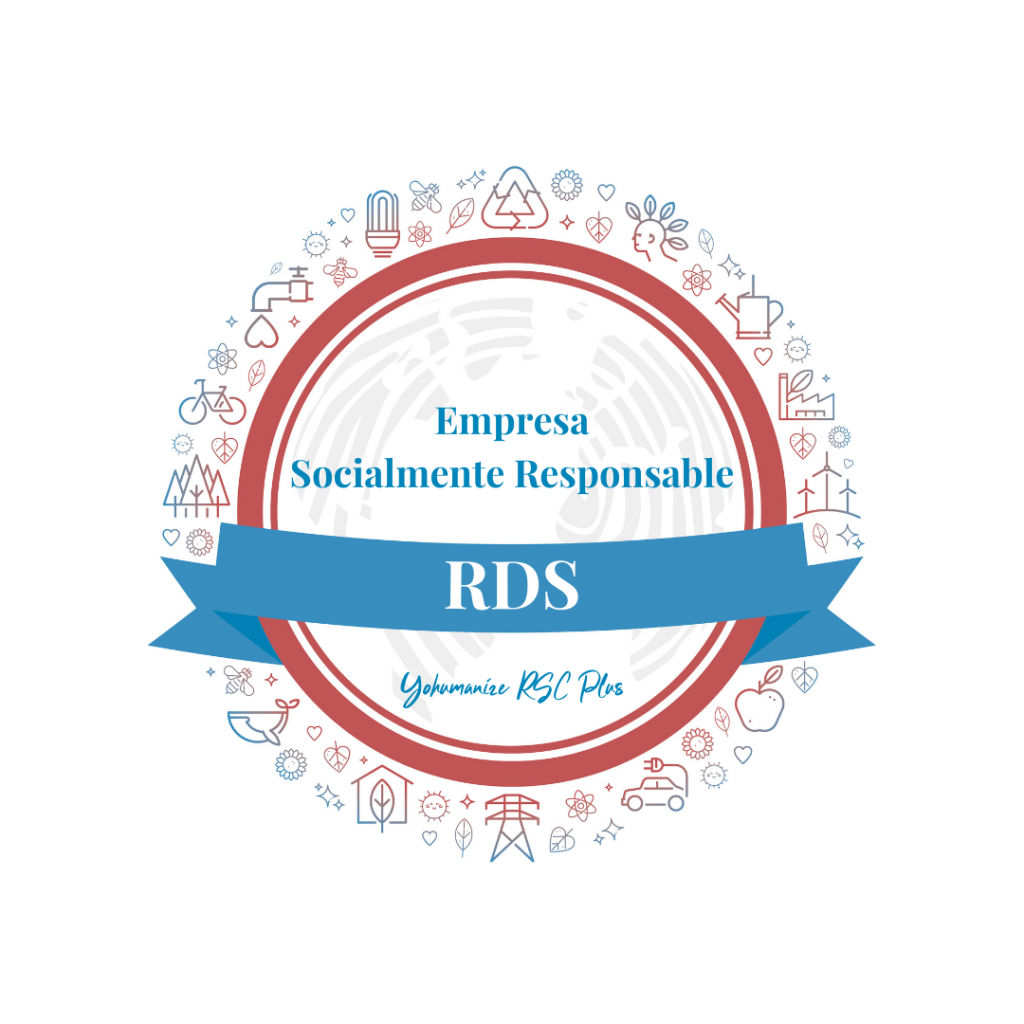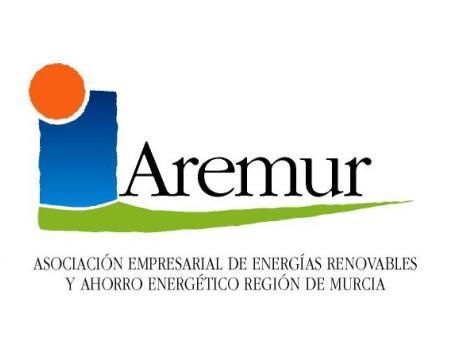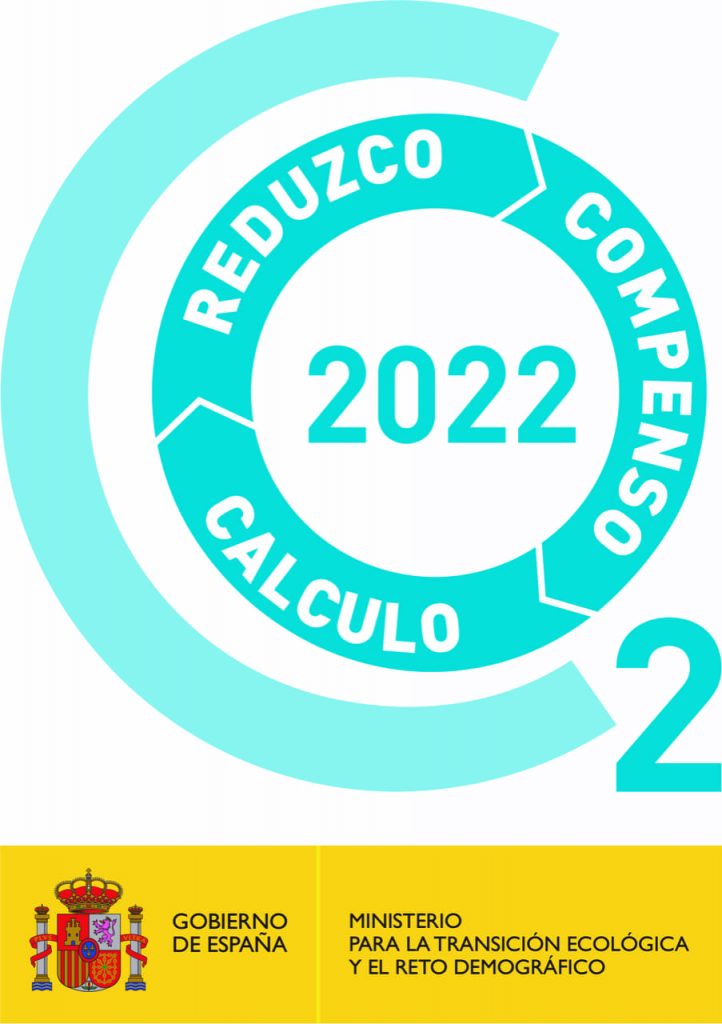




© 2023 RDS. All rights reserved. Designed and developed by delefant
What are the reasons for the degradation of a solar panel, what factors affect the rate at which solar panels degrade, and are there ways to extend their lifetime to prevent them from ending up as waste?
The efficiency of solar panels today is very high. However, the amount of electrical energy they can generate gradually decreases over time. High-quality solar panels degrade at a rate of about 0.5% per year, generating 12-15% less energy at the end of their useful life (25-30 years).
In this article we will go over the reasons for the degradation of a solar panel, the different factors that can have an effect on its lifetime and what actions can extend this lifetime. Read on and don’t miss a thing!
Table of Contents
ToggleSolar panels are mainly degraded by normal wear and tear over time, due to exposure to UV rays and adverse weather conditions. The degradation rate is usually included in the performance warranty of a solar panel.
There are different forms of mechanical and chemical degradation caused by exposure of the panel to light, these include:
In the first 1,000 hours, there is an adjustment period in which the photoconductivity decreases, reducing the efficiency of the panel by 1-3%, after which it stabilises.
Unlike light-induced degradation, potential-induced degradation does not necessarily affect all solar panels, but can occur if different components, such as the PV cells and the frame, operate at different voltages. This disruption causes voltage leakage, which reduces the amount of electricity the panel can send to the inverter.
By nature of their exposure to the elements, solar panels degrade over time. Heavy rain, snowfall, ice and high temperatures cause hardening of the crystalline silicon, corrosion of the frame and contamination of the cells. Hail, ice, dust and sand can also cause micro-cracks in the panel surface, and damage the panel sealing, which can lead to water ingress.
In addition, reactions in the semiconductor materials used in the cells can create shadows that reduce the amount of light the panel can convert into energy.
Several factors can determine the rate at which solar panels degrade over time, some of which depend on the manufacturer, while others are affected by the installer and the owner.
Materials and components, including the solar glass, the aluminium frame and the solar cells used in the panel, can break down if they are of poor quality. Some manufacturers reduce the amount of aluminium used in the frame to keep prices down, and thinner frames are more vulnerable to damage.
While a panel may have a low initial cost, it may cost more in the long run if the failure rate is higher and it must be replaced.
Even with high quality materials, the way a panel is assembled can affect its lifetime, as not all materials work well together. Incompatible materials and components could accelerate light-induced degradation or potential-induced degradation if they have an impact on the amount of oxidation or voltage leakage.
Proper storage and handling of the panels before and during installation is critical to avoid damage. Micro-cracks, scratches and incorrect electrical connections during installation affect the performance of the panel.
It is also crucial that the installer ensures that the panels are positioned on the ceiling at the optimum angle and fastening to maximise self-cleaning and mechanical strength.
While solar panels require minimal maintenance, it is essential to check them to remove any build-up of dust or debris that may affect electricity production. As well as regularly checking connections, wiring and inverters to ensure that none are loose or broken.
Extreme weather events, such as heat waves, hurricanes and snowstorms, affect the rate of age-related degradation. Drastic temperature changes can cause components to contract and expand, leading to cracks and other damage. While heavy snowfall can exert pressure on the surface, creating cracks, especially if the snow freezes. Hurricanes can cause debris to fall and damage the panel surface.
Buying high quality solar panels, making sure they are installed correctly and performing regular maintenance can help reduce degradation so that they operate at optimum efficiency throughout their lifetime.
When panels reach the end of their power generation life and need to be replaced, they still have value. Instead of sending waste solar panels to landfill, recycling can extract most of the valuable components and raw materials for the production of new panels or their use in other industries.
The following materials are among those that can be reused:
In addition, silicon recovered from solar panel waste could help reduce raw material costs in the burgeoning electric vehicle industry, where silicon is increasingly used in the anodes of lithium-ion batteries.
As you can see, the degradation of a solar panel can influence not only the installation itself but also many downstream processes.
At RDS we provide you with all the information on the world of photovoltaic solar energy. If you want to know more about our work, browse through our website. If you would like to contract any of our services, ask for a free quote.